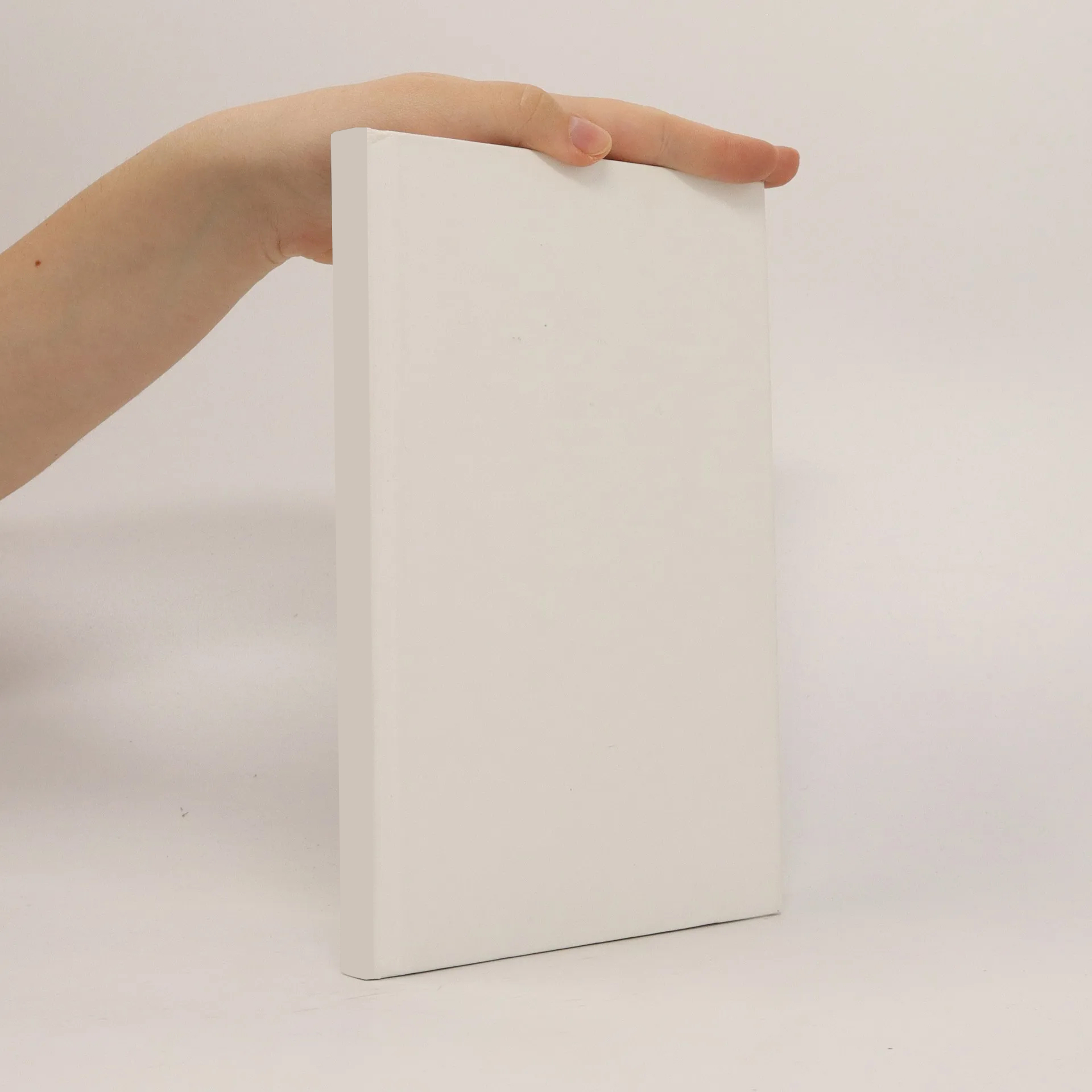
More about the book
Chapter 1 Introduction to MEMS§1.1 Introduction§1.2 Commercial Applications of MEMS§1.3 MEMS Markets§1.4 Top 30 MEMS Suppliers§1.5 Introduction to MEMS Packaging§1.6 MEMS Packaging Patents Since 2001§1.6.1 US MEMS Packaging Patents§1.6.2 Japan MEMS Packaging Patents§1.6.3 Worldwide MEMS Packaging Patents§1.7 References§Chapter 2 Advanced MEMS Packaging§2.1 Introduction§2.2 Advanced IC Packaging§2.2.1 Moore's Law vs. More Than Moore§2.2.2 3D IC Integration and WLP§2.2.3 Low-Cost Solder Microbumps for 3D IC SiP§2.2.4 Thermal Management of 3D IC SiP with TSV§2.3 Advanced MEMS Packaging§2.3.1 3D MEMS WLP - Designs and Materials§2.3.2 3D MEMS WLP - Processes§2.4 References§Chapter 3 Enabling Technologies for Advanced MEMS Packaging§3.1 Introduction§3.2 TSV for MEMS Packaging§3.2.1 Via formations§3.2.2 Dielectric Isolation Layer (SiO2) Deposition§3.2.3 Barrier/Adhesion and Seed Metal Layer Deposition§3.2.4 Via Filling§3.2.5 Cu polishing by Chemical/Mechanical polish (CMP)§3.2.6 Fabrication of ASIC Wafer with TSV§3.2.7 Fabrication of Cap Wafer with TSV and Cavity§3.3 Piezoresistive Stress Sensors for MEMS Packaging§3.3.1 Design and Fabrication of Piezoresistive Stress Sensors§3.3.2 Calibration of Stress Sensors§3.3.3 Stresses in Wafers After Mounting on a Dicing Tape§3.3.4 Stresses in Wafers After Thinning (Back-Grinding)§3.4 MEMS Wafer Thinning and Thin-Wafer Handling§3.4.1 3M Wafer Support System§3.4.2 EV Group's Temporary Bonding and DeBonding System§3.4.3 A Simple Support-Wafer Method for Thin Wafer Handling§3.5 Low-Temperature Bonding for MEMS Packaging§3.5.1 How Does Low Temperature Bonding with Solders Work?§3.5.2 Low Temperature C2C Bonding§2.5.3 Low Temperature C2W Bonding§2.5.4 Low Temperature W2W Bonding§3.6 MEMS Wafer Dicing§3.6.1 Fundamentals of Stealth Dicing (SD) Technology§3.6.2 Dicing of SOI Wafers§3.6.3 Dicing of Silicon-on-Silicon Wafers§3.6.4 Dicing of Silicon-on-Glass Wafers§3.7 RoHS Compliant MEMS Packaging§3.7.1 EU RoHS§3.7.2 What is the Definition of X-free, e.g., Pb- free?§3.7.3 What is a Homogeneous Material?§3.7.4 What is the TAC?§3.7.5 How a Law is Published in EU RoHS?§3.7.6 EU RoHS Exemptions§3.7.7 Current Status of RoHS Compliance in the Electronics Industry§3.7.8 Lead-Free Solder Joint Reliability of MEMS Packages§3.8 References§Chapter 4 Advanced MEMS Wafer Level Packaging§4.1 Introduction§4.2 Micromachining, Wafer Bonding Technologies and Interconnects§4.2.1 Thin Film Technologies§4.2.2 Bulk Micromachining Technologies§4.2.3 Conventional Wafer Bonding Technologies for Packaging§4.2.4 Plasma Assisted Wafer Bonding Technology§4.2.5 Electrical Interconnects§4.2.6 Solder Based Intermediate Layer Wafer Bonding Technology§4. 3 Wafer Level Encapsulation§4.3.1 High Temperature Encapsulation Process§4.3.2 Low Temperature Encapsulation Process§4. 4 Wafer Level Chip Capping and MCM Technologies§4. 5 Wafer Level MEMS Packaging Based on Low Temperature Solders - Case Study§4.5.1 Case study - In/Ag system of non- eutectic composition§4.5.2 Case study - Eutectic InSn solder for Cu/Ni/Au based metallization§4.6 Summary and Future Outlooks§4.7 References§Chapter 5 Optical MEMS Packaging - Communications§5.1 Introduction§5.2 Actuation Mechanisms and Integrated Micromachining Processes§5.2.1 Electrostatic Actuation§5.2.2 Thermal Actuation§5.2.3 Magnetic Actuation§5.2.4 Piezoelectric Actuation§5.2.5 Integrated Micromachining Processes§5.3 Optical Switches§5.3.1 Small Scale Optical Switches§5.3.2 Large Scale Optical Switches§5.4 Variable Optical Attenuators§5.4.1 Early Development Works§5.4.2 Surface Micromachined VOAs§5.4.3 DRIE Derived Planar VOAs Using Electrostatic Actuators§5.4.4 DRIE Derived Planar VOAs Using Electrothermal (Thermal) Actuators§5.4.5 3-D VOAs§5.4.6 VOAs Using Various Mechanisms§5.5 Packaging, Testing and Reliability Issues§5.5.1 Manufacturability and Self-assembly§5.5.2 Case Study - VOAs§5.5.3 Case Stud
Book purchase
Advanced MEMS Packaging, John H. Lau
- Language
- Released
- 2009
- product-detail.submit-box.info.binding
- (Hardcover)
Payment methods
No one has rated yet.